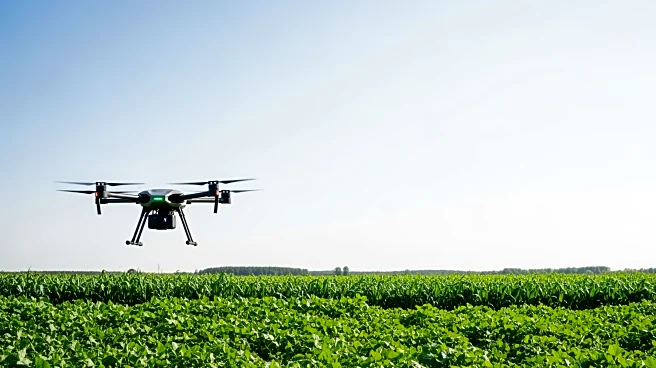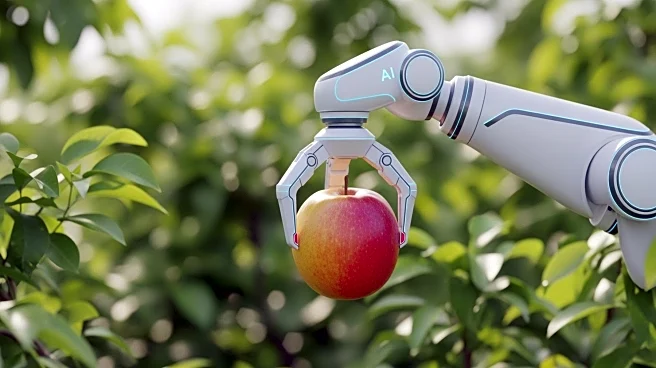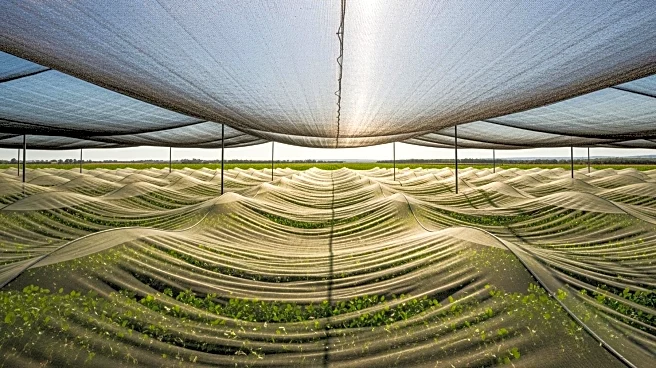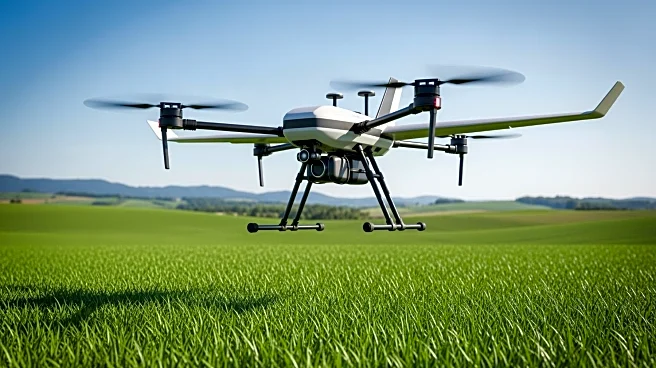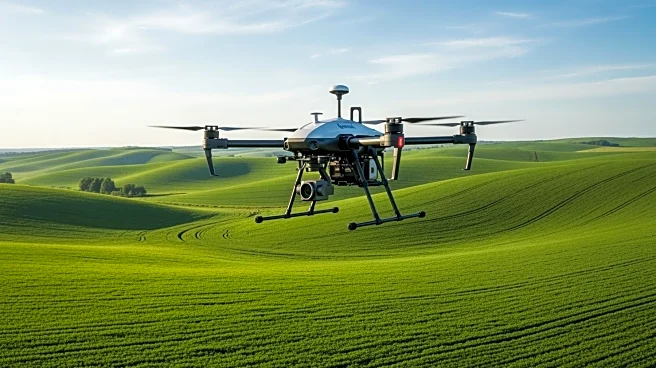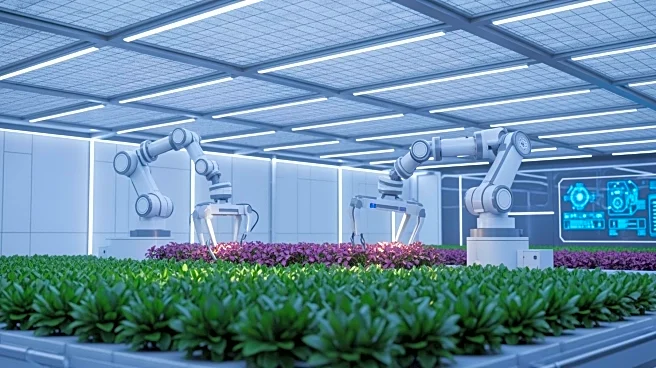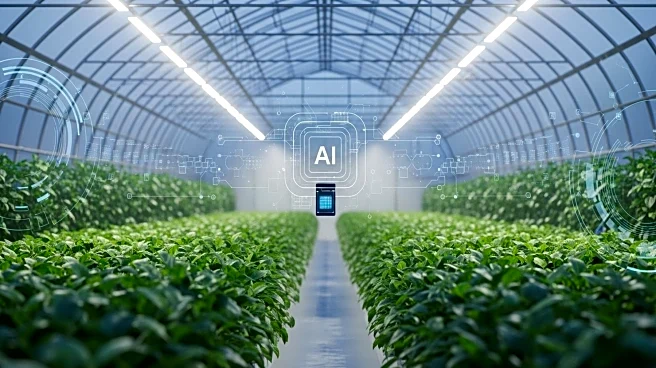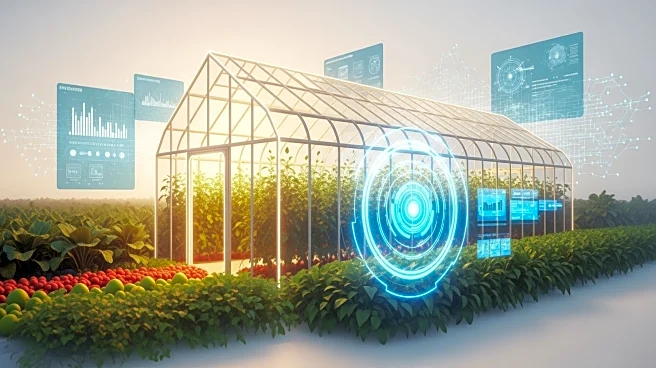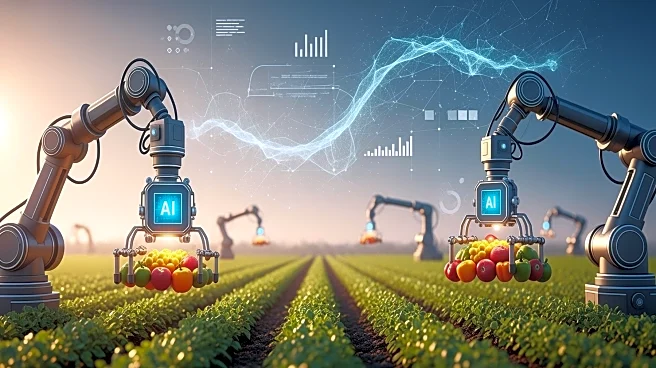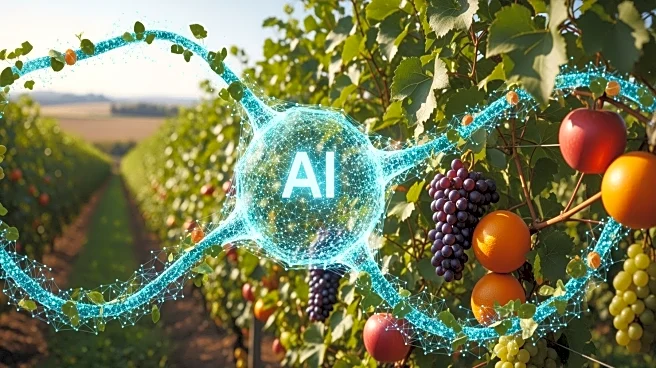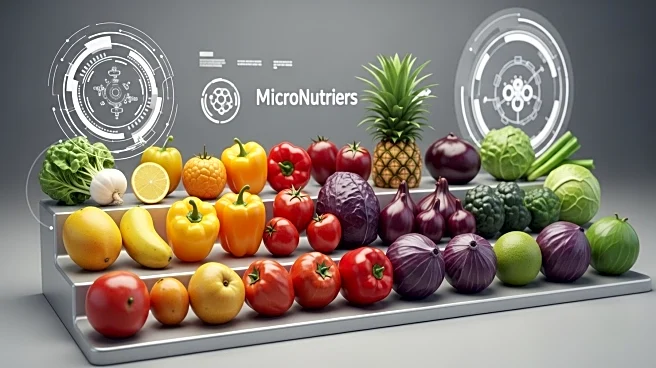What's Happening?
The agricultural food loss reduction solutions market is projected to grow from $14.5 billion in 2025 to $22.5 billion by 2030, with a compound annual growth rate of 9.2%. This growth is driven by increasing
concerns over food security, sustainability, and resource efficiency. The market is seeing significant investments in advanced cold chain logistics, improved storage and packaging, precision agriculture, and AI-enabled inventory management. Developing regions are experiencing technological interventions to address food loss linked to poor infrastructure, while developed economies are enhancing automation and digital platforms to optimize food distribution. However, the market faces challenges such as high capital costs for advanced technologies, limited adoption among smallholder farmers due to inadequate credit access, and infrastructure gaps in emerging economies.
Why It's Important?
The expansion of the agricultural food loss reduction market is crucial for addressing global food security and sustainability challenges. With nearly one-third of global food production lost or wasted before reaching consumers, effective solutions are essential to minimize waste and enhance food security. The adoption of AI and sensor-based technologies can significantly reduce post-harvest losses, improve operational efficiency, and optimize inventory management. This market growth presents opportunities for stakeholders to develop targeted interventions, such as improved storage infrastructure and mechanized post-harvest technologies. The focus on reducing food loss aligns with broader sustainability goals and can contribute to more efficient resource use and reduced environmental impact.
What's Next?
North America, led by the United States, is expected to maintain a leading position in the market due to strong private-sector participation, government funding, and innovative technologies. Meanwhile, Asia Pacific is projected to be the fastest-growing region, driven by rising food demand, urbanization, and government-backed cold chain expansions. As demand for food security and sustainable agriculture rises, sensor-based solutions are poised to become central to reducing losses across the agricultural value chain. Continued investment from agri-tech startups and collaboration with international players will likely drive further advancements in food loss reduction technologies.
Beyond the Headlines
The agricultural food loss reduction market's growth highlights the importance of technological innovation in addressing global challenges. The integration of AI and sensor-based technologies reflects a broader industry shift toward data-driven farming practices. This shift not only enhances food security but also supports the development of a circular economy by reducing waste and promoting resource efficiency. The market's expansion also underscores the need for financial inclusion and infrastructure development in emerging economies to ensure equitable access to advanced technologies.
